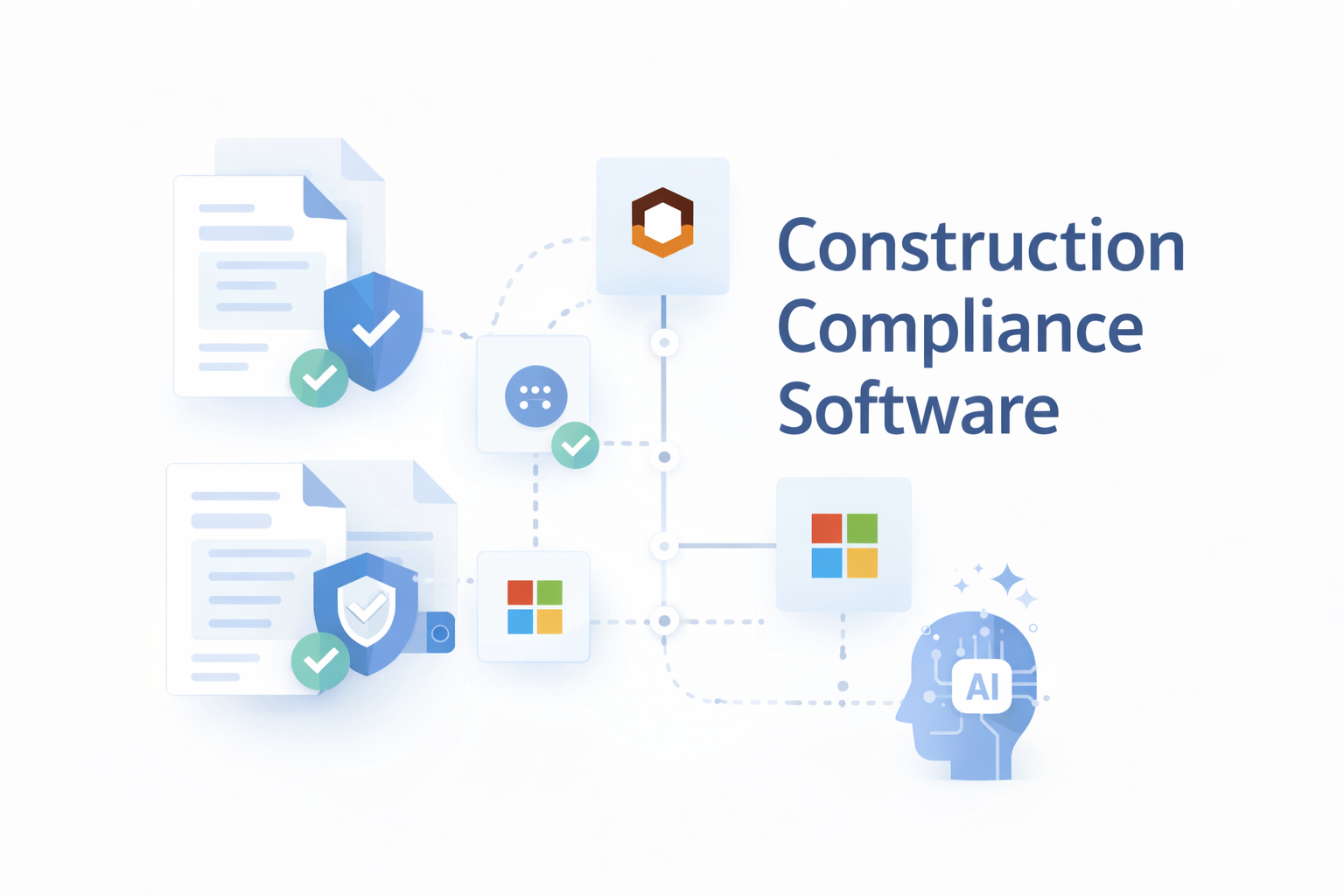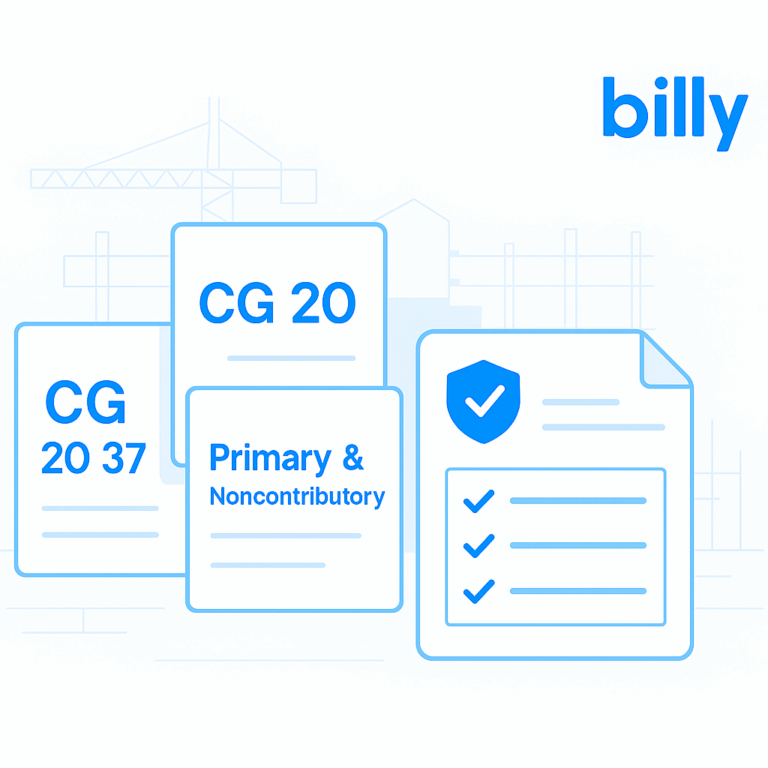Introduction
Tracking certificates of insurance has its challenges. It’s not exactly the most fun task to carry out, but at the same time it is mission critical to any construction business to make sure your third parties are properly insured in order to minimize risk transfer.
If you are attempting to handle the entire certificate of insurance tracking process in-house it is important to make sure you have the right tools and resources in place. Our team put together this guide that will help you select the most appropriate insurance and risk management solution to improve your company’s insurance tracking and compliance process.
Step 1: Track every vendor and their insurance.
The first step in creating a successful process for tracking your vendor insurance is to actually have criteria for tracking vendor insurance. Sadly, many companies never even get past this step.
The ideal solution should track:
- Your vendors – name & trade (at a minimum)
- Projects your vendors are working on.
- Insurance requirements for each project
- Coverage their certificate of insurance affords (policies & limits per trade)
- Insurance expiration dates for each policy (when will each policy expire)
- Compliance status (Who is compliant vs. non-compliant).
Step 2: Collect and store Certificates Of Insurance.
Tracking Certificates of Insurance (COI’s) is not just a one-and-done process. It can be a very arduous task, but let’s face it, not tracking COI’s has serious consequences. Vendors don’t often think about insurance after they sign their contract and you quickly find yourself chasing down vendors requesting their certificates.
The ideal solution should:
- Initiate the COI request for with all your vendors at contract signing.
- Collect & sort certificates from all vendors on all jobs.
- Store all certificates in an organized and easily accessible manner.
Step 3: Review of the Insurance Coverage
At a basic level, most of the information you know about your vendor’s insurance coverage is contained on the standardized Acord 25 form. Interpreting this form and knowing where to find the information you need on the COI is critical to the success of your insurance tracking system. At the end of the day, it’s not about simply “tracking” coverage, it’s about tracking that they have the right coverage.
The ideal solution should:
- Analyze and interpret data on insurance certificates
- Compare that data against project requirement and flag deficiencies
- Verify all required back up endorsements and waivers are included
- Create a clear and concise audit trail
Step 4: Follow-up and Corrective Action
Simply reviewing the information on a COI is not enough. If a COI does not accurately match the specific requirements for a project those deficiencies must be communicated back to the vendor or perhaps their broker as well. Remember, the goal is to track coverage and you can’t track the right coverage until you have the right coverage.
The ideal solution should:
- Highlight all deficiencies where a COI does not match project requirements
- Separate deficiencies between coverage types
- Communicate with vendor and broker for correct all deficiencies
- Close the loop when a COI is deemed acceptable
Step 5: Expired Insurance Policy Alerts & Automating Renewal Requests
Unfortunately tracking insurance doesn’t stop once you have deemed a COI in compliance with project requirements. Insurance policies renew annually and therefore this entire process continues – annually for every policy for every vendor. Since coverage is considered lapsed on a project if a policy expires then it’s your responsibility to maintain continuous coverage for all vendors. Yes, this means going back to Step 2.
The ideal solution should:
- Maintain a log or dashboard showing overall compliance and soon to expire COI’s
- Alert you to expiring policies a minimum of 60 days in advance
- Communicate with vendors and brokers of expiring policies
- Request, receive, verify and validate renewed COI policies meet project requirements.
What is billy
billy checks all the boxes! billy automates the request, receipt, data entry, verification and tracking of all the COI’s on all your projects.
billy is the time-saving tool that helps you verify that your vendors have the right insurance coverage.
billy automatically verifies all insurance certificates are correct and comply with project requirements – minimizing your risk.
We constantly monitor your certificates and notify you when a certificate has not been filed, changed, does not match a previous version, or is expiring. You never have to worry about a vendor being on site that does not have proper insurance coverage. billy has you covered.
Through our centralized dashboard, you receive complete visibility into:
- Who is on your projects
- What insurance they have
- When their policies expire
- Should they be on-site
At billy, we don’t believe you should ever buy a product that doesn’t deliver value.
Try us for free today and start properly transferring your risk immediately.






